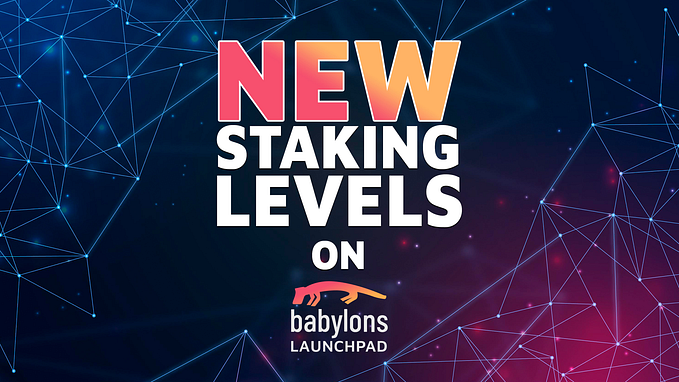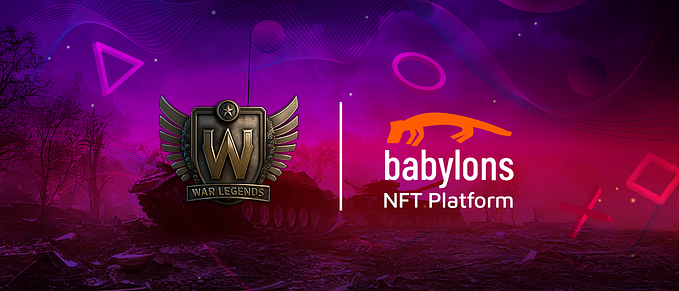Part Ⅴ of Chapter Three The Container Structure in the IT Field
TL; DR
Comparing IT systems to shipping containers, operating systems assume the role of cargo ships, containers—cargo containers, microservices — goods, and DevOps — container operation methods and processes.

As microservices rage, users prefer applications to be available 24/7. New businesses keep popping up. Applications are expected to update and upgrade constantly; sometimes, even releases are called for at higher frequencies. “zero downtime” and “zero perception” enable continuous integration (CI) and continuous delivery/deployment (CD) of applications. These obstacles as well as dream solutions for application upgrading well explain why DevOps was developed in the 1st place.
The notion of DevOps was brought up in 2009 but has not been given much attention before. DevOps started to gain momentum since the concepts of containers and microservices were put forward in 2014. This methodology brings a toolchain that realizes automation and a combination of organization, process, and technology. The organization hires a full-stack, specialized, autonomous team. The technology bridges development (Dev), operation (Ops) & maintenance. The process highlights an end-to-end approach, visualization, grayscale upgrade, A/B testing, etc.
Microservices are not indispensable for DevOps but frame its most optimized architecture. So are the organization and processes. Some refer to microservices as the DevOps architecture.
The Philosophy of DevOps
Its development and operation underscore DevOps. All processes associated with applications rest upon these two closely-knitted, coordinated units. Meanwhile, DevOps is well-implemented through a carefully tended pipeline. These periodic phases span the whole life cycle from planning to release, enclosing all functions needed for delivery.
DevOps is featured by agile, while most development practices are well-tended. Companies elevate their productivity to new heights with the help of closely bounded engineers, testers, and administrators. Developers write a program and send it to testers for evaluation. Testers write down comments and revert to engineers. Engineers revise before product deployment. These tests are carried out not just before release. DevOps functions continuously throughout the whole life cycle. Developers and designers absorb details about how the application is prepared by observing how these codes (input) run in a testing environment (output).
Pros and Cons of DevOps
Pros
- Faster releases and shorter time-to-market
- Higher productivity
- Efficient processes
- Shorter production cycle
- Stronger operational support
- Devoted and vigorous team members
- Well-managed customer experiences
- Vivid product vision
- Higher odds of successful deployment
- Improved product quality
- Efficient team
- Enhanced flexibility and support
- Fewer product failures
- Cross-functional competencies and self-improvement
Cons
- Requires the whole company to be on board with the right attitude.
- Outsourcing makes businesses less secure.
- Legacy systems remain a challenge.
- Practicing security for CI/CD is a separate affair
- The right pool of DevOps expertise is not easily accessible.
- Insufficient tools; tricky to switch tools.
- Transformation obstacles (organizational and technical)
The Revolution of Containers
In the IT field, the layout is interpreted as a workflow that threads the whole IT system and enables its automated operation. We used to think of the IT industry as a container. Inside the container, operating systems assume the role of cargo ships, containers — cargo containers, microservices — goods, and DevOps — container operation methods and processes. These concepts add up and form the modern cloud-native system.
Every structural reform in the field harbors enormous opportunities as well as challenges along with the industry reshuffle. The past 30 to 40 years have witnessed sweeping IT transformations, including the transit from mainframe to minicomputer in the 1970s and 1980s, the popularity of C/S architecture in the 1990s, and the rise of the Internet in the early 21st century. A common phenomenon repeats itself again and again: reshuffle is doomed for slow tide-followers. However, the original basic software and hardware companies might have imposed a strong monopoly.
Exciting technological innovations may show up if cloud-native roots deep into the now rising star, the blockchain. Blockchain may make up for cloud-native services in decentralized scenarios, as it is widely applied. Also, blockchain relieves security concerns for cloud-native applications. Blockchain solutions lend a hand to cloud-native use in network security, identity management, identity verification, container security, and forensic audit logs.
Distributed systems boast error mechanisms. In an unbalanced state, a peephole view only leaves the wrong impression of an out-of-control system. But if we give it a second thought, we may find that local controllessness comes from conscious control of the upper system. So, is the system orderly or disorderly? It seems like an infinite cycle. That explains what the book Out of Control intends to convey, the principle of systematic evolution. The law of “Change how things change” illustrates the ultimate rule of evolution, evolve as things evolve. In the near future, we may have a chance to access a self-evolving, distributed cloud-native system.
The Writer says...
NetX aims at building the Web3 organism. We try to figure out solutions confronted by the present IT industry. To do that, we will look into every module of it to find out setbacks. Then we’ll focus on finding solutions through experiments. It’s a dynamic evolving process. To get the best solution, we have to be clear about the problems and this will be the main idea of Chapter Three. It makes me feel excited when thinking about sharing my thoughts and I do invite you to join me in this exploration and contribute to the evolvement of NetX.📚 Must Reads
NetX series 1.1 | NetX series 1.2 | NetX series 1.3 | NetX series 2.1 | NetX series 2.2 | NetX series 2.3 | NetX series 3.1 | NetX series 3.2 | NetX series 3.3 | NetX series 3.4
NetX, the Chain-Native Internet for the Digital Living of Trustworthy and Reliable Intelligent Autonomous Systems (Trias)
Triathon | Ethanim | Tusima | Behemotum | Octavius | Leviatom |Divina
New to trading? Try crypto trading bots or copy trading









